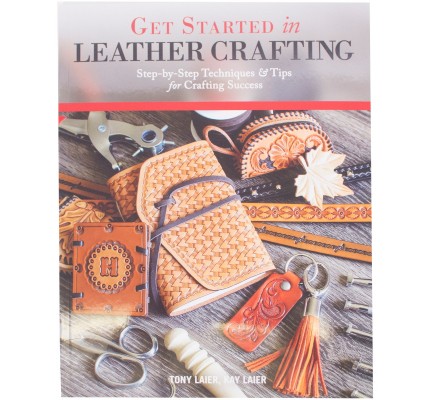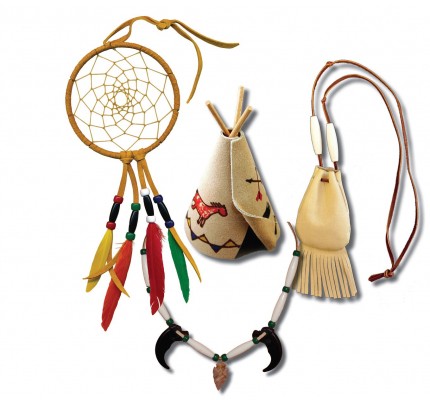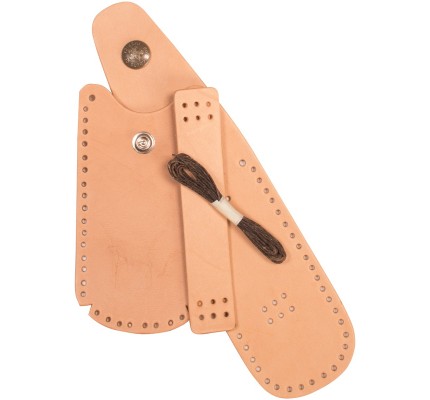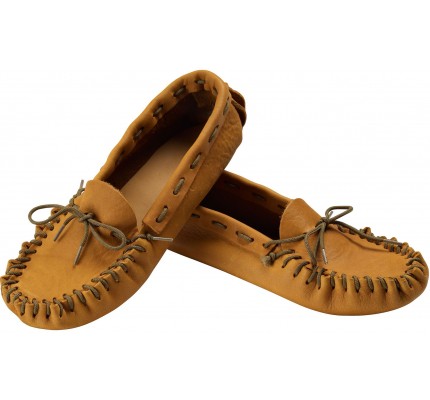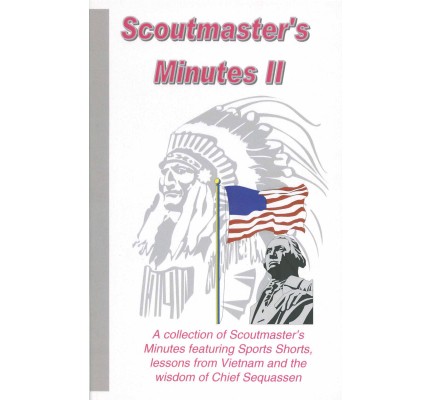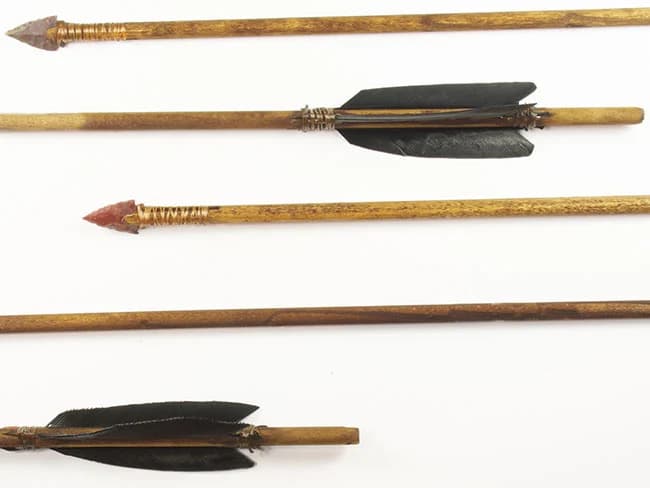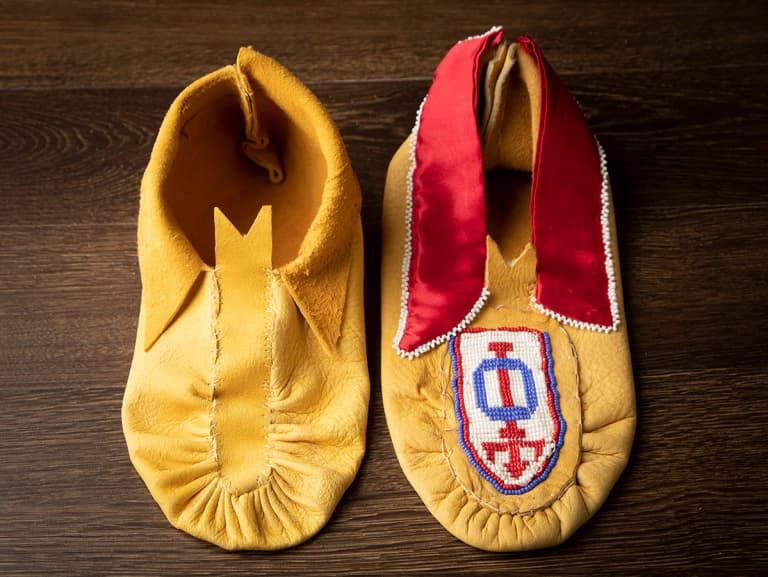Indian Lore Merit Badge
Indian Lore
Merit Badge
Scouting America Merit Badge Hub
Scouting America
Merit Badge Hub
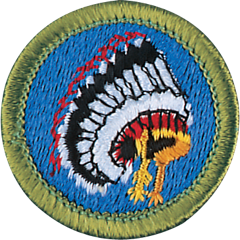
Indian Lore Merit Badge Overview
Far different from the stereotypes or common images that are portrayed on film, on television, and in many books and stories, American Indians have many different cultures, languages, religions, styles of dress, and ways of life. To learn about these different groups is to take an exciting journey of discovery in which you will meet some of America’s most fascinating peoples.

Indian Lore Merit Badge Requirements
The previous version of the Merit Badge requirements can be found in Scoutbook
The requirements will be fed dynamically using the scout book integration
1.
Identify the different American Indian cultural areas. Explain what makes them each unique.
2.
Research an American Indian tribe, group, or nation. Tell your counselor about traditional dwellings, way of life, tribal government, religious beliefs, family and clan relationships, language, clothing styles, arts and crafts, food cultivation, foraging and preparation, means of getting around, games, customs in warfare, and where and how they live today.
3.
Do the following:
- (a) Learn 10 common terms in an American Indian language and their meanings.
- (b) Identify the meaning of 10 place names of American Indian origin in the United States.
- (c) Name five well-known American Indian leaders, either from the past or people of today. Give their tribes or nations. Describe what they did or do now that makes them notable.
4.
Do the following:
- (a) Describe how life might have been different for the European settlers if there had been no Native Americans to meet them when they came to this continent.
- (b) Describe eight things adopted by others from American Indians.
- (c) Learn a game played by a group or tribe. Teach and lead it with a Scout group.
5.
Do ONE of the following:
- (a) Visit a museum either in-person or virtually to see American Indian exhibitions and collections. Discuss with your counselor what you observed or learned from two exhibitions and identify 10 artifacts by tribe or nation, their shape, size, and use.
- (b) Attend a contemporary American Indian gathering. Discuss with your counselor proper etiquette for attending as well as what you learned and observed during your visit.

Get the Indian Lore Merit Badge Pamphlet
Use this digital pamphlet to learn all about Native American heritage‚ the history, where they are today, and the different cultures between regions and tribes.
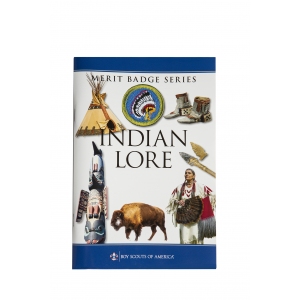
Shop Indian Lore Merit Badge Products
As the exclusive retailer of Scouting America, 35% of every Scout Shop purchase supports the future of Scouting.
Discover more about "Indian Lore"

I make arrows the way my Iroquois ancestors did long ago. You can, too.
In our modern world, the hard part is getting the material, but you can use some alternatives that I’ve suggested.
Just remember: These arrows might look crude, but they’re not toys. Use them for target practice only, under the supervision of an adult, or display them in your room. Be careful!
— Gordon Soaring Hawk
arrow-complete
WHAT YOU’LL NEED
Adult help and/or supervision
Quarter-inch or 5/16-inch dowels
Bone, metal or slate, ground to shape, for arrowheads
Stout thread or cordage to attach feathers and arrowheads to the shaft
Hot glue, wood glue or ferrule cement
Wing feathers from a craft store
Water- or oil-based paint
WHAT YOU’LL DO
arrow-1
STEP 1: Shafts should be about as thick as your little finger and a couple of inches longer than the distance from your armpit to your fingertips. Make sure they’re straight as an arrow! After you gather them (get permission before cutting any growing thing), bundle them in groups of five and let dry for a few days. Dowels can be used as a substitute; they are available at lumber and building-supply stores.
arrow-2
STEP 2: Once the shaft is dry, scrape off the bark until the wood is smooth.
arrow-3
STEP 3: Cut a notch (about as deep as the diameter of the shaft) for the bowstring by scraping one end with a sharp stone. To get a sharp stone, find a piece of quartzite cobble (river stone) and break it in half with another rock. At the end of the shaft that receives the arrowhead, scrape out a notch that is 3/8 – to 5/8-inch deep. You can also use a knife, small saw or file.
arrow-4
STEP 4: Grind an arrowhead into the right shape by scraping the material against a sidewalk until the arrowhead has a point and a sharp edge. It’s a simple but tedious process. For safer arrowheads, you can round off the point.
arrow-5
STEP 5: Using the sharp rock, gouge a notch on either side of the wide end of the arrowhead for holding the cordage.
arrow-6
STEP 6: Place the arrowhead in the notch, wrap it with a piece of cordage 8 to 10 inches long and glue it with hot glue. I use resin, which is made from boiling pitch (sap) from trees. Making resin can be dangerous because natural turpentines must be burned off. For cordage, I use sinew, which I prepare by pounding deer tendons between rocks, then separate them into long, stringy fibers. Before I can use the sinew, I must chew it. The enzymes in saliva help dissolve the collagen that holds the tissues together, and this is what makes it work like glue. (Soaking it in water won’t work.)
arrow-7
STEP 7: For fletching (arranging) the feathers on your arrows, make sure each vane comes from the same side of the wing. Split each feather down the middle of the spine (use scissors or pocketknife) and trim it to size.
arrow-8
STEP 8: Glue the feathers onto the shaft, making sure the top feather is aligned with the bowstring notch, then space the two others equally from the first. Wrap more thread around each end of the feathers and set the arrow aside to dry for a day.
arrow-9
STEP 9: Once the wrappings are dry, the arrow is ready for painting. I put animal fat in a tin can and melt it in the sun. Then I mix in some reddish earth and daub it on the arrow with a paintbrush. You can use watercolors or oil-based paint.
Now it’s time for target practice!

The Lenape, also known as the Delaware, are a Native American tribe originally from the eastern woodlands. Throughout their history, the pucker-toe moccasin has been a popular style. The footwear is comfortable and easy to make.
WHAT YOU NEED TO MAKE MOCCASINS
Permanent pen or marker
Large sheet of paper or four 8 ½-by-11-inch sheets taped together
Ruler
Rubber mallet
Scrap wood
Flexible tape measure (or string that can be measured with a ruler)
Scissors
MATERIALS TO SEW MOCCASINS
Deer-hide leather (Available online at stores such as eBay and Tandy Leather. You can also buy a Moccasin Leather Craft Kit at scoutshop.org. Only lacing is required.)
Leather needles
Extra strong upholstery thread
Needle-nose pliers
WHAT YOU’LL DO TO MAKE MOCCASINS
STEP 1. Trace your foot on a large sheet of paper following the steps on the template. (The same template is used for both moccasins.) Your template should match the example after you finish. (See diagram below)
Template Instructions:
Make two parallel lines (A) apart by the circumference of your foot minus one inch. These lines should extend well beyond your toe and heal by three or four inches. The outline of your foot should be roughly centered between the lines.
Make two more lines (B) 1.25 to 2 inches outside and parallel to the lines you just made. These will be the downturned flaps on the sides of the moccasins.
At the ball of your foot outline, draw a straight line at right angles to the other lines you have drawn (Ball of foot line).
On each side, draw a line at 90 degrees from the intersection of the ball of foot line at A and B. This marks the front of the flap.
From the ball of foot line place a mark about 2 inches up toward the toe on both A lines. These are points 1 and 3.
Place a mark (point 2) 3.5 inches above the longest toe and centered between the A lines.
From both sides, draw a curved line between points 1, the center mark point 2and point 3. This forms a rounded dome over the toes.
STEP 2. Cut out your template and place it on the deer hide. Avoid any holes or thin spots in the hide.
Trace the outside of your template onto the hide and cut just inside your marked lines. Mark a dot on the inside (rough) side of the hide at all three points.
STEP 3. Start a gather stitch at either Point 1 or 3 and work to the other point.
Loop through the hide and tie a square knot to anchor the gather at point 1 or 3. Use the pliers to weave the needle from inside to outside about 1⁄4″ apart and about 1⁄8″ from the edge. When the thread is pulled tight, the hide gathers in hills and valleys. Continue weaving until you get to the other point.
STEP 4. When you reach the gather finish point, draw up the thread to pucker the toe and tie it off by looping the thread through a previous stitch using several half hitches. (Caution: Keep the needle perpendicular to the hide, and be aware of where your fingers are as you use a hard surface to help you push the needle through).
STEP 5. Place a piece of wood under the finished gather and pound flat. Cut a 1″ wide tongue, round off one end and place a mark in the center of the rough side.
STEP 6. With the moccasin and tongue rough side out, match the center of the tongue and the center of the toe, and begin a stitch at point 2, and sew to either point 1 or 3. Keep the edges even. Pass the needle through and over in a simple overhand stitch. When you reach the flap, mark the tongue opposite where the flap begins and where the gather stitch stopped. Use these as guides as you stitch the other side of the tongue.
STEP 7. Turn the moccasin good side out and put your foot in the toe tightly. Holding the top edges with a clothespin, pinch the hide at the heel and mark it.
STEP 8. Turn the moccasin back to rough side out. Starting from the top, place a mark going down at a depth of the flap (the distance between A and B lines). Stitch a line just inside the marks you made for the heel. Stop at the flap, mark it and tie it.
STEP 9. Try on the moccasin, inserting toes tightly. If needed, use a finger to pull the moccasin over your heel. If it’s too loose or tight, remove the stitching and try again. Once the heel fits, continue stitching the heel line until complete.
STEP 10. You can decorate your moccasins with beads and satin, which the Lenape people used.



